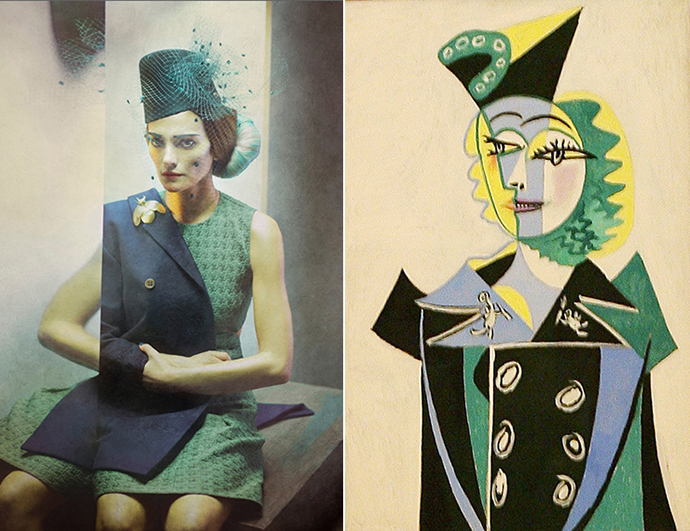
Disclaimer
* The text below is written by the author in the key of the “philosophy of artificial intelligence”
* Comments of professional programmers are welcome
Eidos are the images that underlie human thinking and language. They are a flexible structure (enrichment of our knowledge of the world). Flowing eidos (poetry), can be reborn (a change in worldview) and change their composition (training - a qualitative increase in knowledge and skills). They are complex (try, for example, to understand the eidos of quantum physics).
But the basic eidos are simple (our knowledge of the world at the level of a three-seven-year-old child). In its structure, this is somewhat reminiscent of a programming language interpreter.
The usual programming language is rigidly structured. Team = word. Any deviation at the comma level = error.
Historically, this is due to the need to interact with machinery.
But we are people!
We are able to create an eidic interpreter that can understand not commands, but images (meaning). Such an interpreter will be able to translate into all languages of the world, including computer.
And clearly understand the statement.
A definite understanding is a trap! He is not there! As there is no objective reality. There are phenomena (as philosophical phenomenology says) that our thinking interprets.
Each eidos is an interpretation of understanding, and especially personal. Two people will fulfill the same task in different ways! We all know how to walk (everyone has one way of moving), but everyone’s gait is unique, it can even be identified as a fingerprint. Therefore, the development of gait as a skill is already a unique personal interpretation.
How then is interaction between people possible? - Based on continuous refinement of the interpretation!
Aerobatics of a person is an interpretation at the cultural level, when whole layers (contexts) of meaning are available by default.
A machine is devoid of culture and therefore context. Therefore, she needs clear, unambiguous commands.
In other words, the system "man - computer - artificial intelligence" is in a closed cycle or in a dead end. We are forced to communicate with machines in their language. We want to improve them. They themselves cannot develop, and we are forced to come up with more and more sophisticated code for their development. Which we ourselves in the end find it increasingly difficult to understand ... But even this advanced code is initially limited ... by a machine interpreter (that is, code based on machine instructions). The circle is closed!
However, this compulsion is only apparent.
After all, we are people and our own (based on eidos) language is initially much more productive than computer. True, we hardly believe it anymore, we believe that the car is smarter ...
But why not create a software interpreter that captures the meaning of human speech not on the basis of commands, but on the basis of images? And then I would translate them into machine instructions (if we really need to interact with machines, and machines cannot do without them).
Naturally, such an interpreter will poorly grasp the meaning; at first it will make a lot of mistakes and ... ask questions! Ask questions and improve your understanding. And yes, it will be an endless process of increasing the quality of understanding. And yes, it will not have any ambiguity, clarity, or machine peace.
But excuse me, but is this not the essence of human intelligence? ..